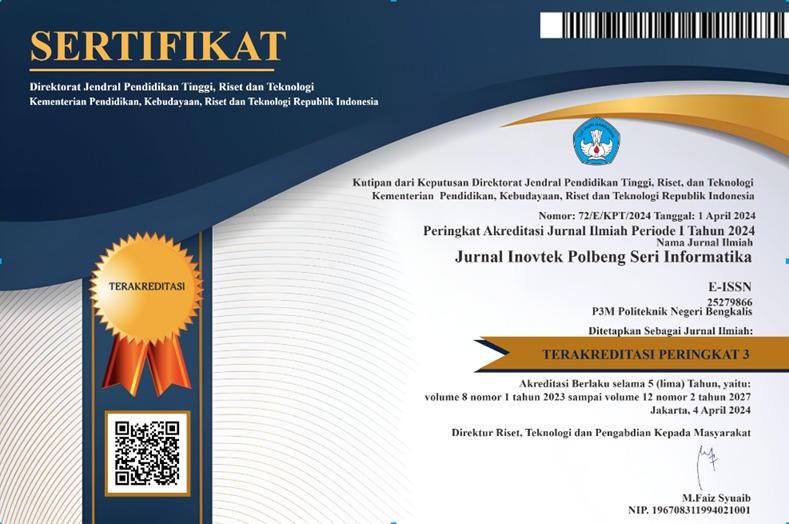Schizophrenia Classification using Fuzzy K-Nearest Neighbour on Patient Data from RSJD Dr. Amino Gondohutomo
DOI:
https://doi.org/10.35314/t2mfvf14Keywords:
Skizofrenia, Diagnosis , Fuzzy K-Nearest Neighbor , ClassificationAbstract
Schizophrenia is a complex mental disorder with overlapping symptoms, making subtype diagnosis uncertain. This study aims to develop an automated classification method for schizophrenia subtypes using the Fuzzy K-Nearest Neighbour (FKNN) algorithm, which effectively handles uncertainty in medical data. The dataset includes 300 patients from RSJD Dr. Amino Gondohutomo, Central Java, aged 18–60 years, with balanced gender distribution. Four subtypes—paranoid, catatonic, hebephrenic, and undifferentiated—were classified. Symptom and demographic data were encoded and normalised using min-max scaling. The model was trained using k = 5 and evaluated via 10-fold cross-validation. The results achieved 94% accuracy with high precision and recall across all classes. However, limitations include a relatively small and single-source dataset and the lack of ROC/AUC analysis. These findings suggest that FKNN has strong potential as a data-driven decision support system for schizophrenia diagnosis, suitable for integration into psychiatric hospital information systems. Future research should explore oversampling techniques such as SMOTE and threshold tuning to improve model sensitivity.
Downloads
Downloads
Published
Issue
Section
License
Copyright (c) 2025 INOVTEK Polbeng - Seri Informatika

This work is licensed under a Creative Commons Attribution-NonCommercial-ShareAlike 4.0 International License.














